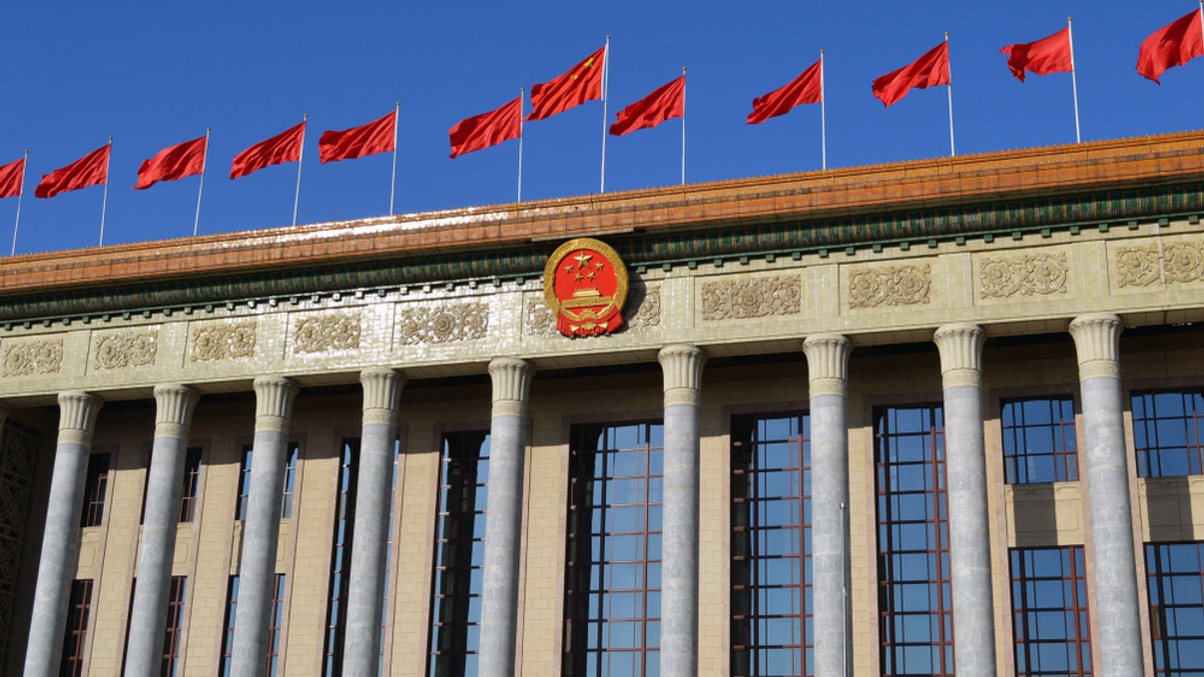Market Views: Key takeaways from China's Two Sessions
The just-concluded annual parliamentary meetings of China ushered in a new generation of government leaders as President Xi Jinping begins his unprecedented third term. Amid changes and reforms, investors are taking note.

With Covid-19 in the rear-view mirror, China has set its annual growth target conservatively “around 5%” at the Two Sessions, the annual plenary meetings of legislators and policy advisors, that ended on Monday.
Sign in to read on!
Registered users get 2 free articles in 30 days.
Subscribers have full unlimited access to AsianInvestor
Not signed up? New users get 2 free articles per month, plus a 7-day unlimited free trial.
¬ Haymarket Media Limited. All rights reserved.


